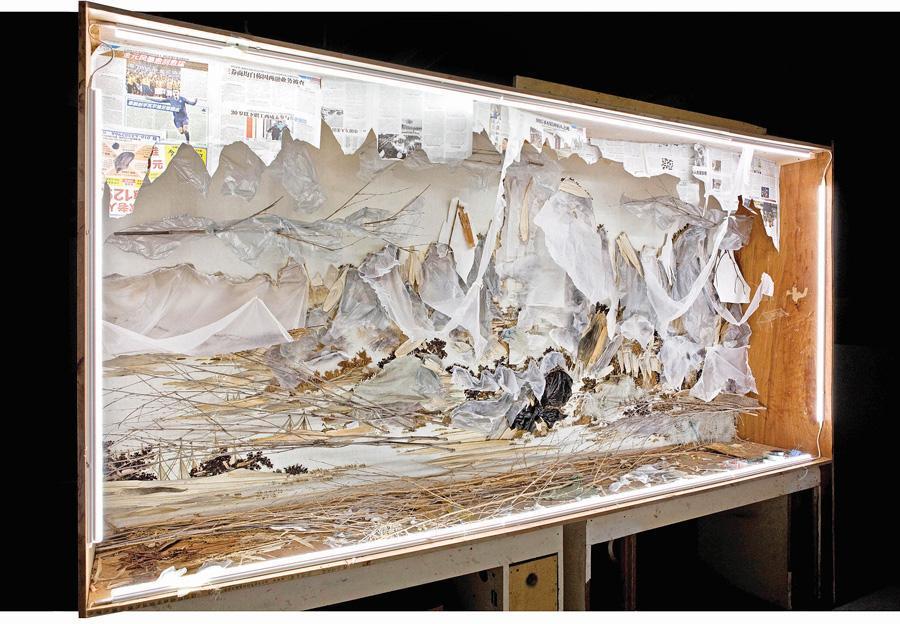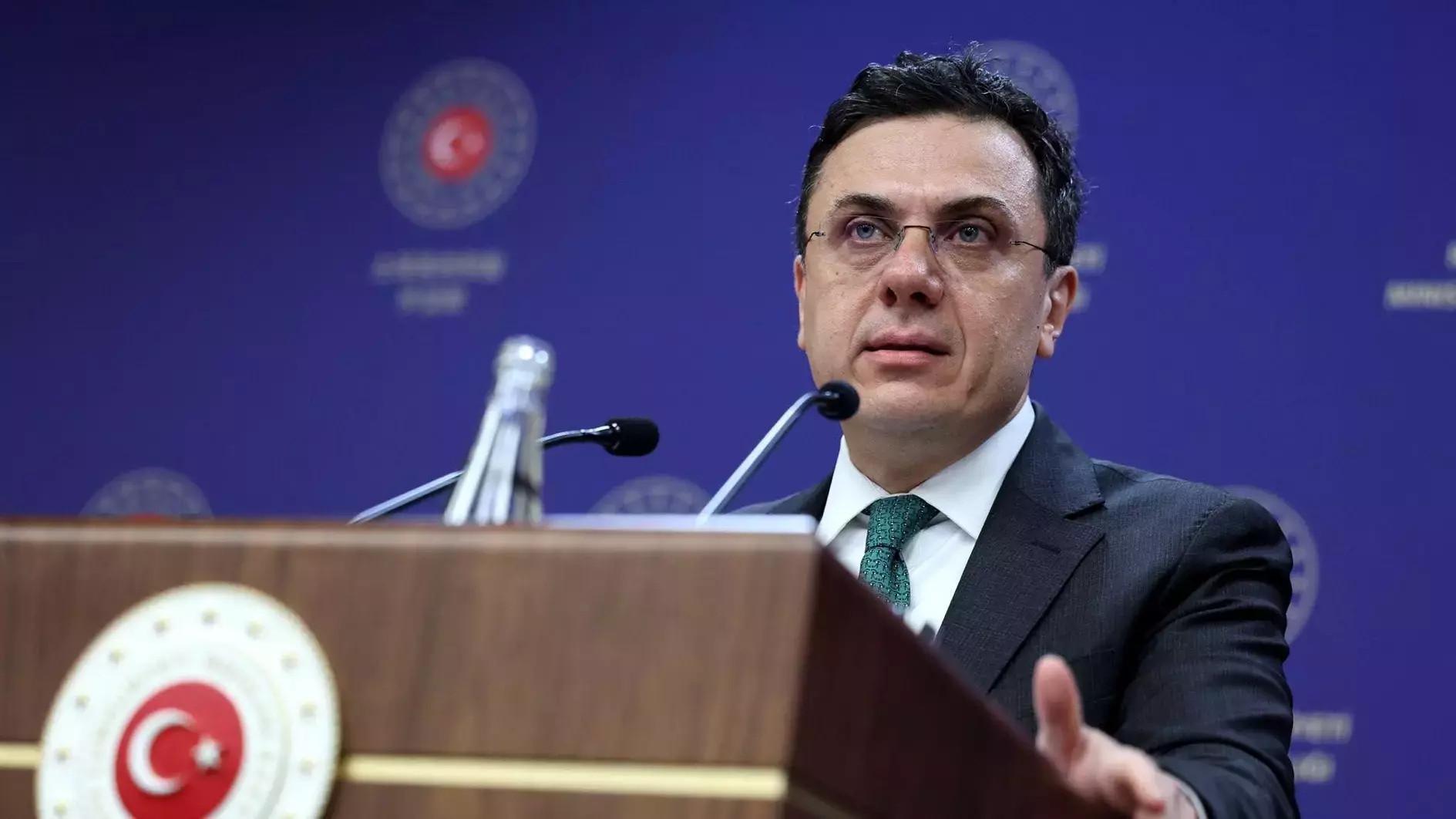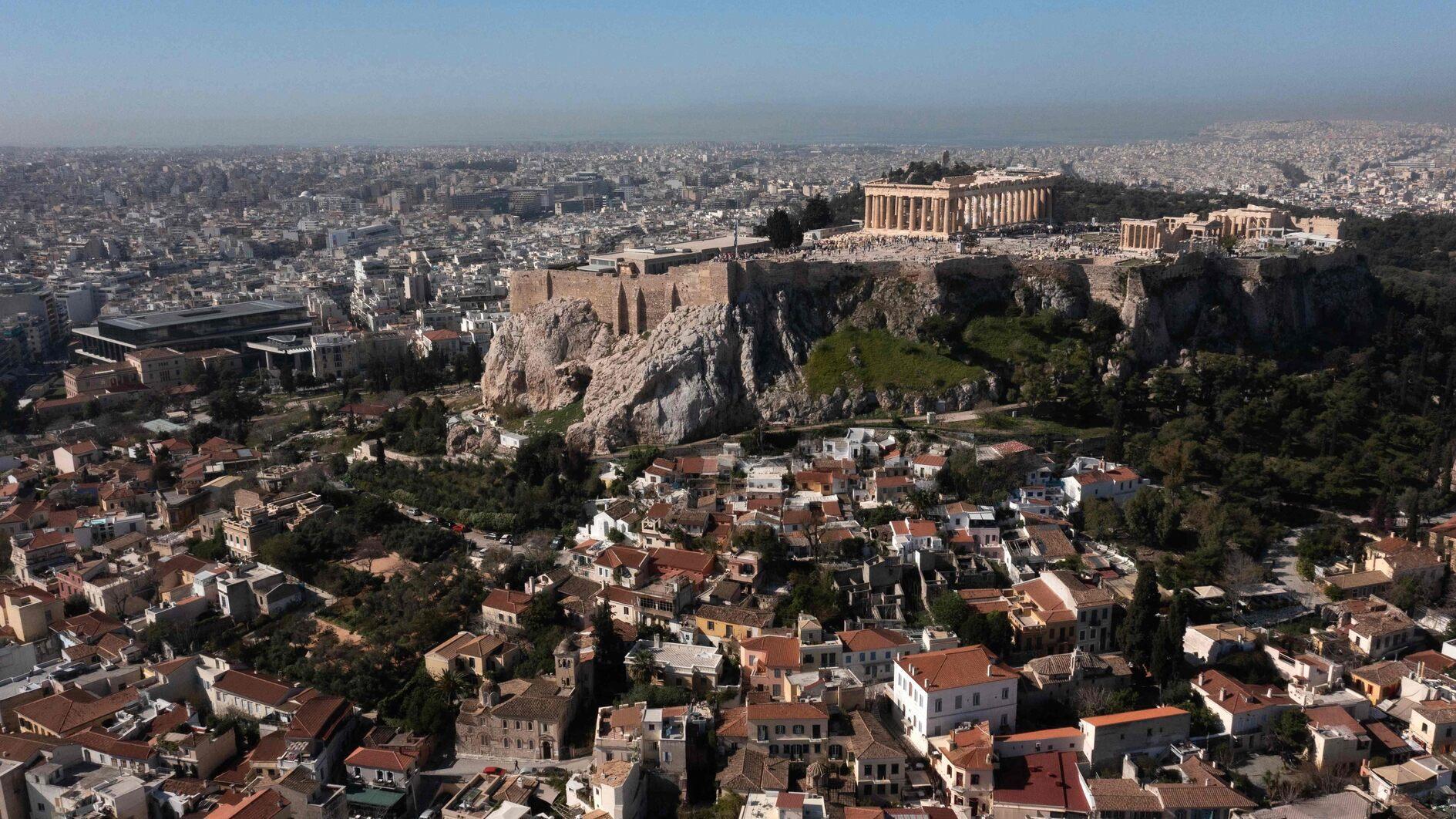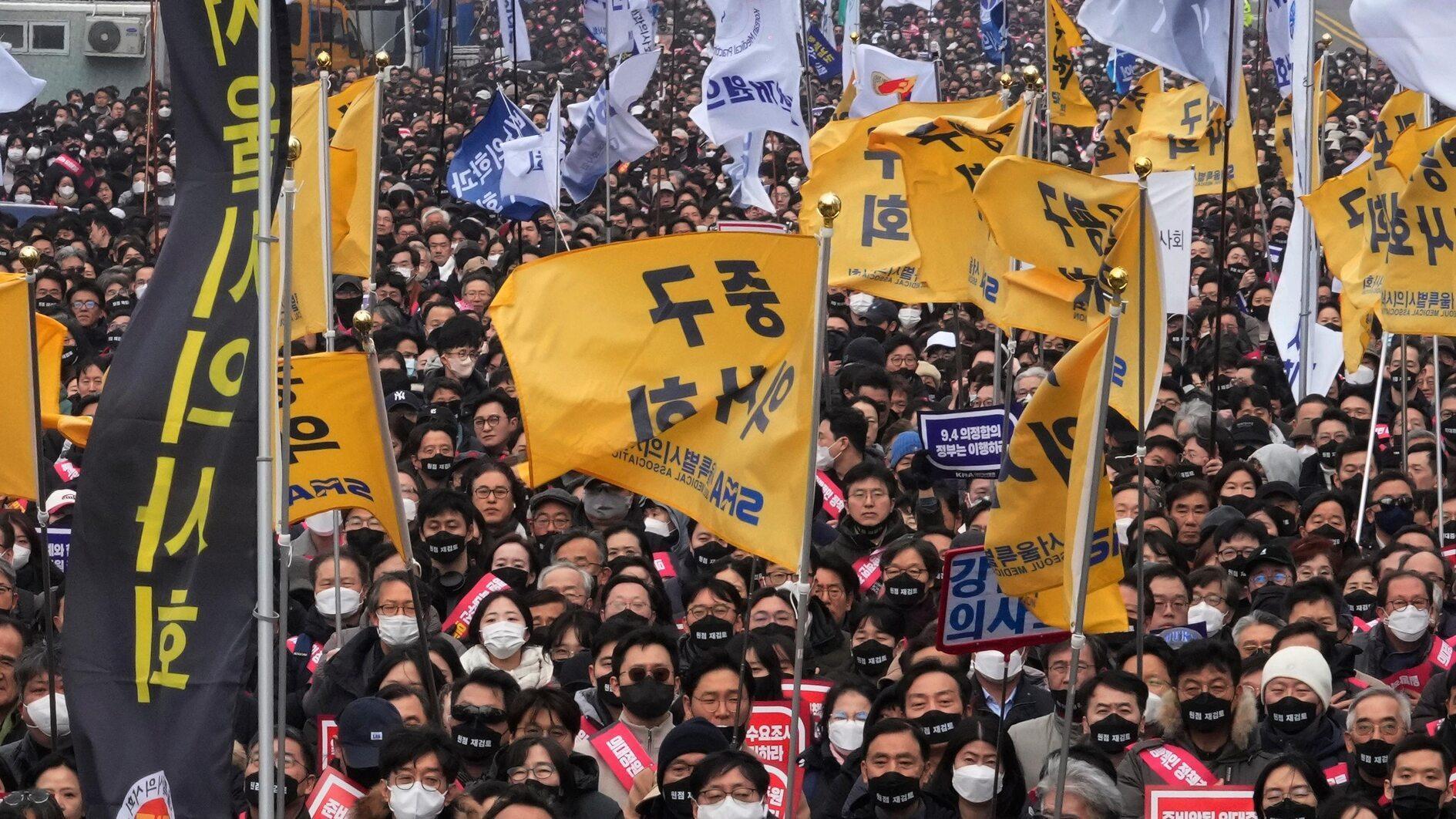Pera presents new exhibition on Chinese contemporary art
ISTANBUL

Pera Museum greets the spring season with a new exhibition called “Out of Ink: Interpretations from Chinese Contemporary Art.”
Curated by Karen Smith, the works in the exhibition do not necessarily rely upon conventional materials – ink, paper, or brush – but encapsulate the cultural spirit of ink. It echoes content familiarly seen in ink painting, such as landscapes or natural forms, as single or juxtaposed elements from the natural world, as well as the role of calligraphy. None of the artists presented here claim to be ink artists. Instead they work with, appropriate, manipulate or deconstruct the spiritual and aesthetic ethos of “ink” as a cultural metaphor, philosophical system and as understanding of the relationship between man and the physical world of form and space.
In their respective ways, each artist makes a contribution to the future possibilities of a medium that has been the dynamic pulse of the nation’s culture through China’s long civilization. The exhibition presents the works of Chen Guangwu, Chen Haiyan, Li Ming, Liang Wei, Luo Yongjin, Qiu Anxiong, Sun Yanchu, Tang Bohua, Xu Bing, Xu Hongming, Xing Danwen, Jian-Jun Zhang and Zhou Fan.
The exhibition catalogue of “Out of Ink: Interpretations from Chinese Contemporary Art” includes essays by Smith and Beth Mckillop, senior research fellow at the Victoria and Albert Museum.
The curator explains in her article that the exhibition was approached with the premise that, in their various interventions and the processes that they deploy, these artists are enriching and extending the possibilities of the ink tradition for audiences today. According to Smith, in the long term, such extension feels necessary if the art form is to retain its relevance in the future as indices of cultural identity for Chinese society.
Evolution of ink
Contemporary art in China gained momentum in the 1980s. The art scene that emerged at that time is variously termed New Wave, a avant-garde or simply new art.
The artists’ aim became to learn, absorb, digest and assimilate all that had been and that was being done in the name of art in the West, and to do it better, bigger, smarter.
Through the 1980s, the approach taken to working with “ink,” as painting and as a bold calligraphic experiment was no less avant-garde than the embrace of conceptual ideas from 20th-century Western artists.
In the 1990s, we find examples like abstract ink artist Liu Zijian, whose work enjoyed little traction within the local contemporary art scene, or among critics and curators of the time.
Some of the most interesting work in the field of ink was done by a first generation of artists born in the 1950s, like Gu Wenda, Yu Youhan, Yang Jiechang, Wang Gongyi and Jian-Jun Zhang and was markedly groundbreaking in its use of characters, scale, mark and materials.
Many artists left China to settle abroad and subsequently worked in a variety of more conceptual ways.
Around 2006, with the advent of an art market but especially due to China’s changing government policies, which resulted in China’s accession to the World Trade Organization in 2001, a space for art, for the contemporary, within the sphere of public life across the nation has been created.
The exhibition is on view through July 28.
















